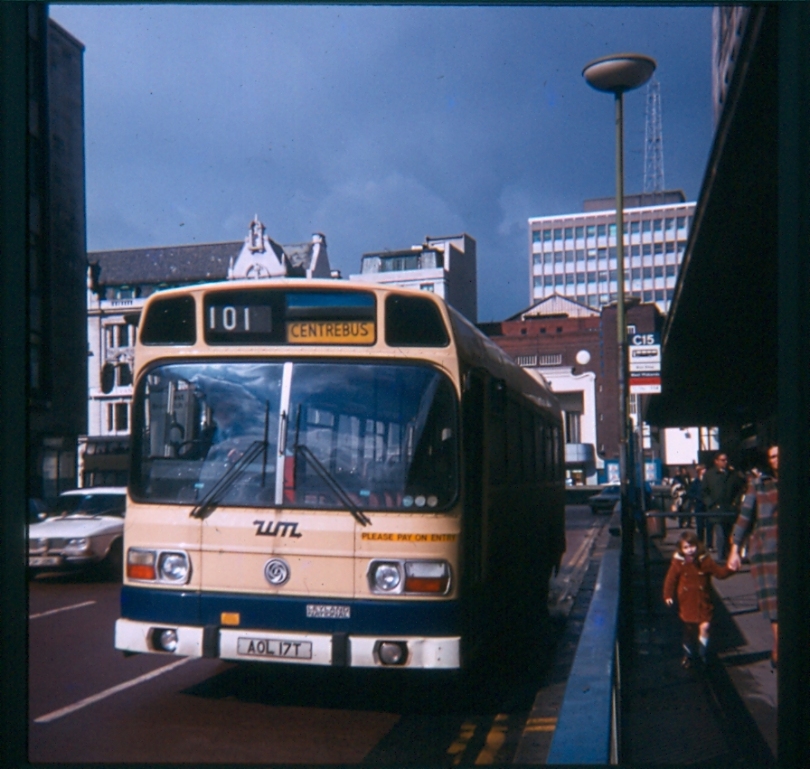

The three Hydrogen-electric powered double-deck bus intended for Bus Eireann have arrived in the Republic, and are currently at a dealer compound for inspection prior to delivery to the operator.
Numbered HWD1-3, the buses will be used in service on route 103 between Dublin and Ashbourne / Ratoath.
The vehicles carry the new standard Transport For Ireland (TFI) livery of green and yellow, which will roll out on new vehicles across all PSO (Public-service operation) supported operators on new deliveries, as well as on Euro-6 compliant buses in existing fleets.
Inspection, testing and training will be needed before these buses can enter service, and with current COVID restrictions this may take longer than usual.
Ireland’s National transport Authority are also taking delivery of low-emission plug-in hybrid ADL double-deckers, also due to start entering service soon – an initial batch of 100 (split 74/26 between Dublin Bus and Bus Eireann) with a follow-on order for 180 later in the year.
The NTA have also invited tenders for a framework allowing supply of up to 600 zero emission battery-electric double-decks over the next five years.
Above and below: HWD1-3 the hydrogen-electric buses awaiting inspection in Dublin, seen in the new TFI livery.
















